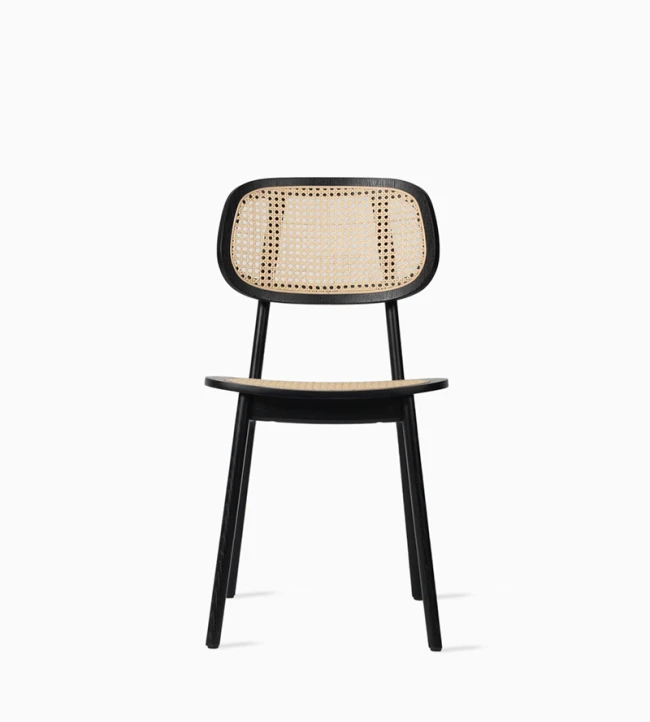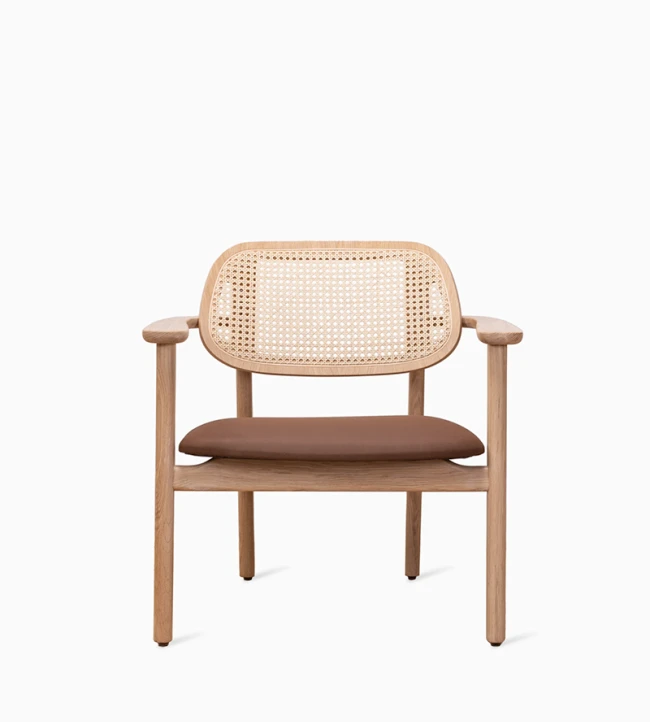
Canework
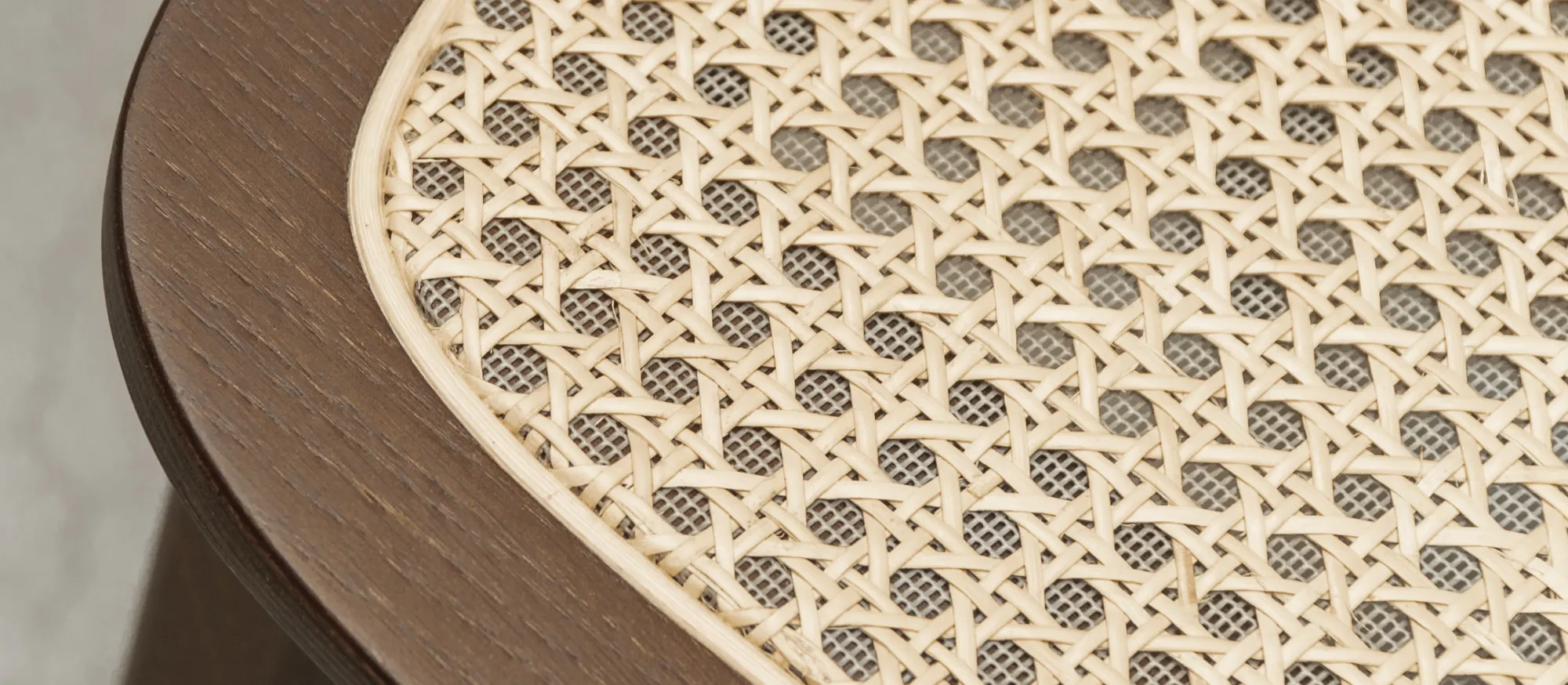
Heritage craftsmanship
Canework has long held its place as a design classic: a delicate yet resilient weave that has graced interiors since the early 18th century. Formed from slender rattan strips, it offers a distinctive aesthetic marked by airy openness, tactile texture, and timeless appeal. Despite its lightness, canework brings notable strength and flexibility, making it as practical as it is beautiful.
Each panel is hand-woven using traditional octagonal techniques, where water-softened rattan fibres are stretched and set into the seat frame. Once dried, the weave tightens naturally to provide balanced tension and support. For enhanced durability, particularly in contract settings, a discreet polyester mesh is added beneath select seats, a quiet innovation that reinforces without detracting from the material’s natural charm.
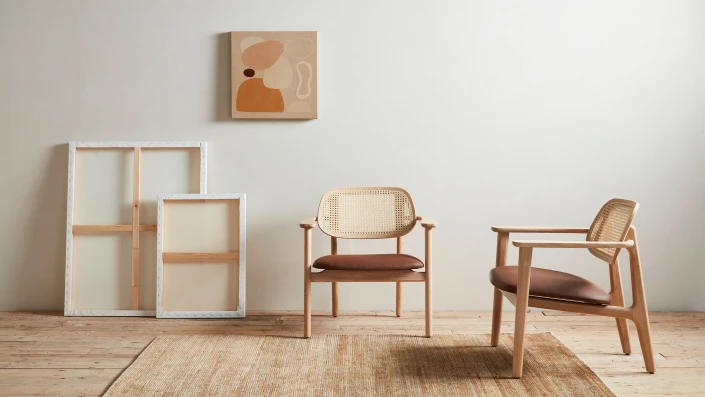
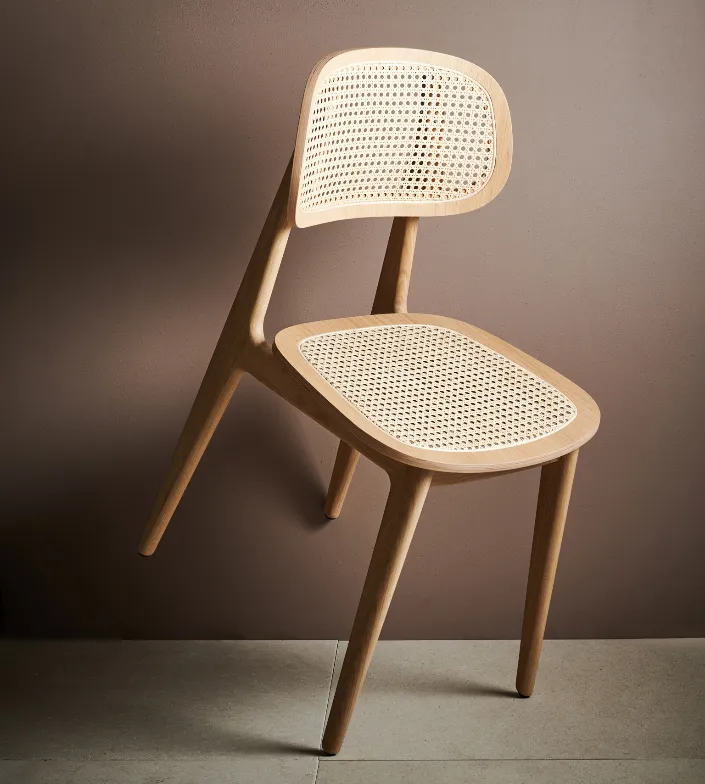
Canework Maintenance
Canework requires only light, occasional care to preserve its strength and appearance.
Routine Cleaning: Wipe with a damp cloth and mild soap, taking care not to over-wet the surface. Allow to air dry naturally.
Surface ‘Hairs’: With time, fine fibres may peel slightly from the surface. These are a natural characteristic of rattan and can be gently removed using a standard shaver.
Natural Variations: Subtle changes in colour and texture, including natural brown tones, are inherent to rattan and reflect its living origins. These variations lend warmth and individuality to each piece.
Canework’s natural elasticity, breathability, and low-impact origins make it an enduring and sustainable choice — rooted in tradition, yet quietly evolving to meet modern expectations.


